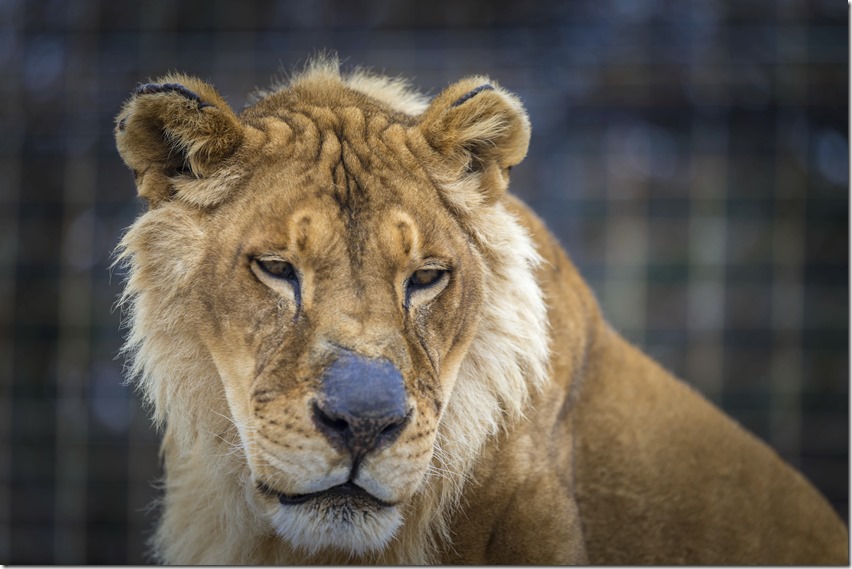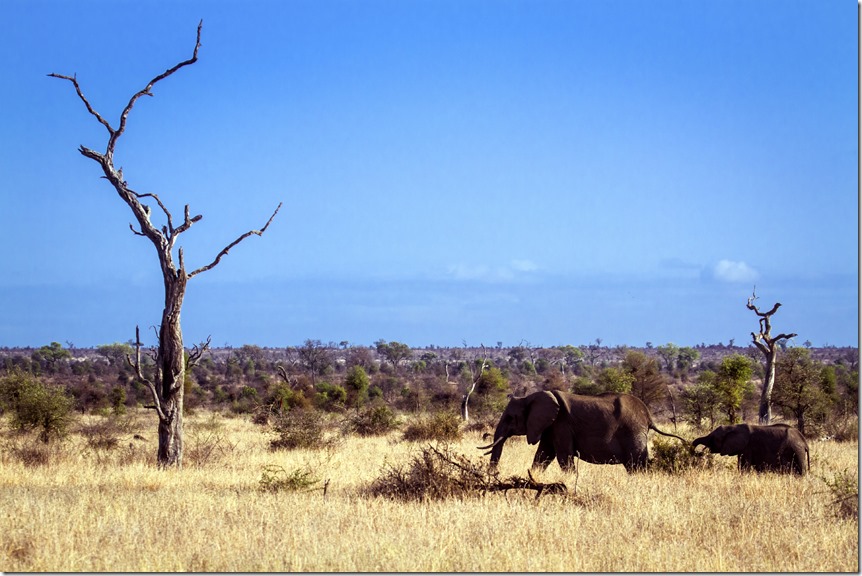The Media Training Lesson I Learned While On Safari
While on a South African safari in 2003, I received an instruction I’ll never forget.
Before leaving for a nature hike one morning, the guide turned to our group and told us to form a tight single file line. Lions, he informed us, tended not to attack a line of people—such lines appear to the lion to be a single large object and are therefore too threatening to attack—but lions harbor no such reservations if one person falls out of line or strays from the pack.
I’ve never walked so closely behind another person before.

I thought of that moment recently while training 20 people from the same organization. They were preparing for a major launch that would make international headlines regarding topics that are often perceived, by some, as controversial. (Although organizations typically don’t have that many people acting as spokespersons for a launch, this group needed its subject matter experts to speak to niche outlets that cover their individual specialties.)
The training sessions went well and, by the end, everyone was prepared to navigate challenging questions while remaining on message and retaining their authenticity.
Toward the end of our time together, one of the trainees said something in passing that made my hair stand on end: “It’s too bad John couldn’t make it to these trainings—he really could have used it.” I asked whether the organization intended to have John act as a spokesperson. They said they did.
I immediately feared that John would be the person who would stray away from that tight single file line and end up getting mauled by a lion.

Training 20 of 21 people might seem like a great percentage, right until the moment John inadvertently says something provocative that becomes a major headline and obscures all of the hard work his colleagues put into preparing a smooth launch.
Use any cliché you’d like. When using multiple spokespersons, make sure they’re all on the same page, singing from the same hymnal, and marching in the same direction.


